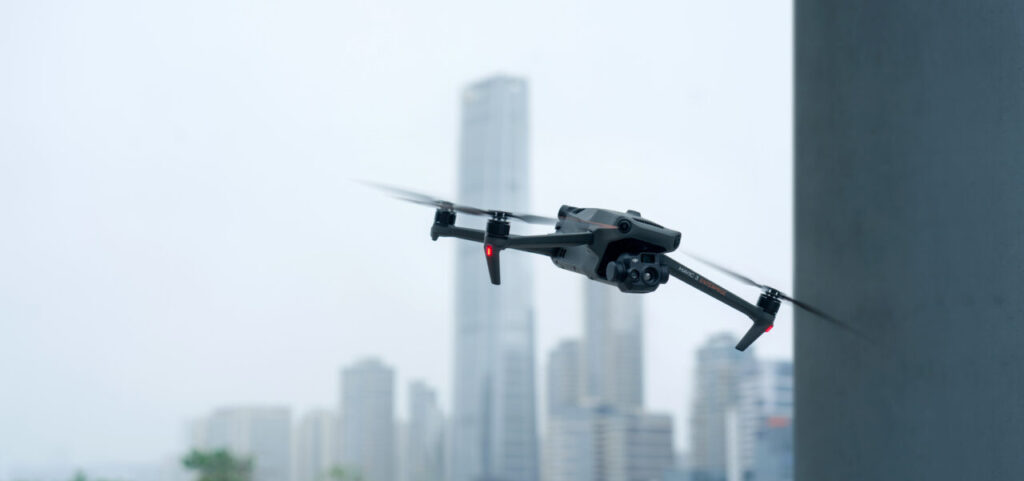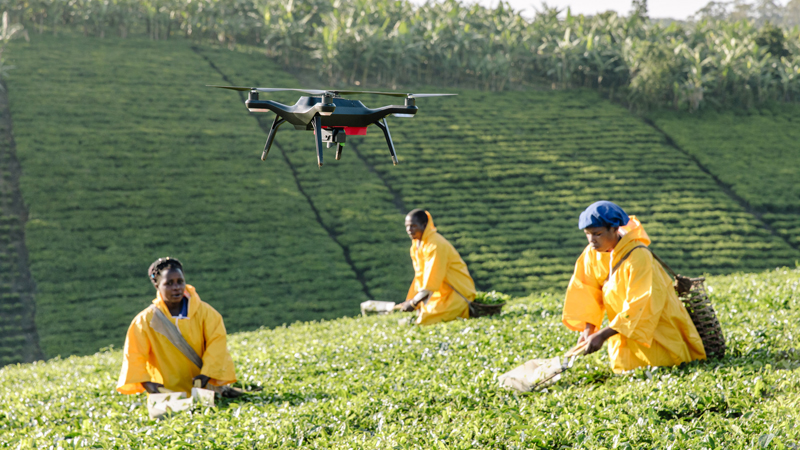Introduction
In the recent years, the use of drones has surged across various industries, revolutionizing the way tasks are accomplished. While drones have gained popularity in fields such as photography, delivery services, and surveillance, they have also become powerful tools in addressing environmental concerns. This article explores the significant role drones play in ensuring environmental safety a nd their positive impact on conservation efforts.
What is Environment Safety?
Environment safety, also known as environmental safety or environmental protection, refers to the measures and practices undertaken to ensure the well-being and preservation of the natural environment. It involves safeguarding ecosystems, preventing pollution, conserving natural resources, and minimizing the impact of human activities on the environment.
The concept of environment safety recognizes the interdependence between human activities and the health of the natural world. It encompasses a wide range of concerns, including air quality, water pollution, soil degradation, habitat destruction, climate change, and biodiversity loss. The goal of environment safety is to maintain a sustainable balance between human needs and the preservation of the environment of present and future generations.
Key principles and objectives of environment safety include:
- Conservation of Natural Resources: Protecting finite resources such as water, forests, minerals, and energy sources through sustainable management practices to ensure their availability for future generations.
- Pollution Prevention and Control: Implementing measures to minimize and eliminate pollution from various sources, including industrial processes, transportation, agriculture, and waste management, to preserve the quality of air, water, and soil.
- Biodiversity Conservation: Preserving the variety of plant and animal species and their habitats to maintain ecosystem stability, genetic diversity, and ecological balance.
- Sustainable Development: Promoting economic growth and human well-being while considering the long-term environmental impacts, ensuring that development occurs within the limits of the Earth’s natural system.
- Climate Change Mitigation: Taking actions to reduce the greenhouse gas emissions and combat climate change by transitioning to cleaner energy sources, improving energy efficiency, and adopting sustainable practices.
- Environmental Education and Awareness: Promoting knowledge and understanding of environmental issues among individuals and communities, fostering a sense of responsibility and encouraging environmentally conscious behaviors.
- Policy and Regulatory Frameworks: Establishing laws, regulations, and international agreements to govern environmental protection, setting standards and guidelines for industries, and encouraging compliance and accountability.
The Role Drones Play in Environment Safety
Aerial Surveys and Monitoring
Drones equipped with advanced imaging technologies have proven invaluable in conducting aerial surveys and monitoring activities, especially in remotes and inaccessible regions. Environmental researchers and conservationists can employ drones to monitor wildlife populations, detect changes in habitat, and assess the health of ecosystems. By providing high-resolution imagery and real-time data, drones enable more accurate and efficient decision-making, contributing to better resource management and species preservation.
Rapid Response to Environmental Disasters
When natural disasters strike, drones can be swiftly deployed to assess the situation and provide critical information to response teams. Whether it’s a forest fire, oil spill, or flooding, drones equipped with thermal cameras, multispectral sensors, and gas detectors can quickly survey affected areas, helping to identify hotspots, track pollutant spread, and guide emergency responders. By facilitating faster and more targeted interventions, drones minimize the environmental impact of such disasters and aid in the swift restoration of affected ecosystems.
Wildlife Conservation and Anti-Poaching Efforts
Poaching and illegal wildlife trade remain significant threats to biodiversity. Drones offer a powerful solution by enhancing wildlife conservation and anti-poaching efforts. Equipped with thermal cameras and GPS tracking systems, drones can monitor vast areas, identify poacher activities, and track animal movements. Conservation organizations can employ drones to create a proactive surveillance network, providing real-time data to authorities for prompt interventions, thereby deterring illegal activities and protecting endangered species.

One significant example of using drone for wildlife conservation is counting the lion’s whiskers. Lions play a crucial role in maintaining the food chain and controlling the herbivore population as the predator-in-chief of their habitat, whether it is grasslands, scrubs, or open woods. However, with just about 20,000 African lions alive in the wild, the International Union for the Conservation of Nature (IUCN) has formally designated the king of the beasts as a “vulnerable species.” Given the present rate of poaching and habitat loss, biologists believe that these amazing cats may be extinct by 2050.
You can understand how important precise population counts of African lions are for wildlife researchers. However, the task is equally difficult.
Historically, lion survey methods have been extremely imprecise. Population estimates are based on track counts, audio lure surveys, or professional lion solicitation – methods that are just not dependable enough to determine how prides are faring over time.
A more promising survey method, which has just been tested, includes taking high-resolution images of the lions and capturing their distinct whisker print. Yes, the quantity and arrangement of whiskers on a lion’s face are distinct, just as no two humans have the same combination of ridges and lines on their fingers. Drones have made catching and filming these distinct whisker spot patterns a breeze.
Precision Agriculture and Environmental Stewardship
The agricultural sector can also benefit from drone technology, contributing to environmental safety. Drones equipped with remote sensing capabilities can collect data on crop health, soil moisture, and nutrient levels. By analyzing this information, farmers can optimize resource usage, reduce the application of harmful chemicals, and prevent soil erosion. Precision agriculture techniques made possible by drones promote sustainable farming practices, minimizing environmental impact while maximizing crop yields.
Ecosystem Restoration and Reforestation
Drones are increasingly being utilized in ecosystem restoration and reforestation projects. Seed-dispensing drones can efficiently plant tree seeds in large, inaccessible areas, accelerating the reforestation process. Moreover, drones equipped with sensors can assess soil conditions, identify areas prone to erosion, and guide conservationists in implementing effective restoration strategies. By aiding in reforestation efforts, drones play a crucial role in combating deforestation and mitigating the adverse effects of climate change.
Conclusion
The use of drones in environmental safety initiatives has emerged as a game-changer, providing researchers, conservationists, and various industries with powerful tools to address ecological challenges. From aerial surveys and disaster response to wildlife conservation and precision agriculture, drones offer efficiency, accuracy, and cost-effectiveness in safeguarding our environment. As technology continues to advance, the potential applications of drones in environmental protection are boundless, providing hope for a sustainable future.
References
Conservation Drones are Helping Environmentalists Make Huge Strides in Wildlife Mapping




